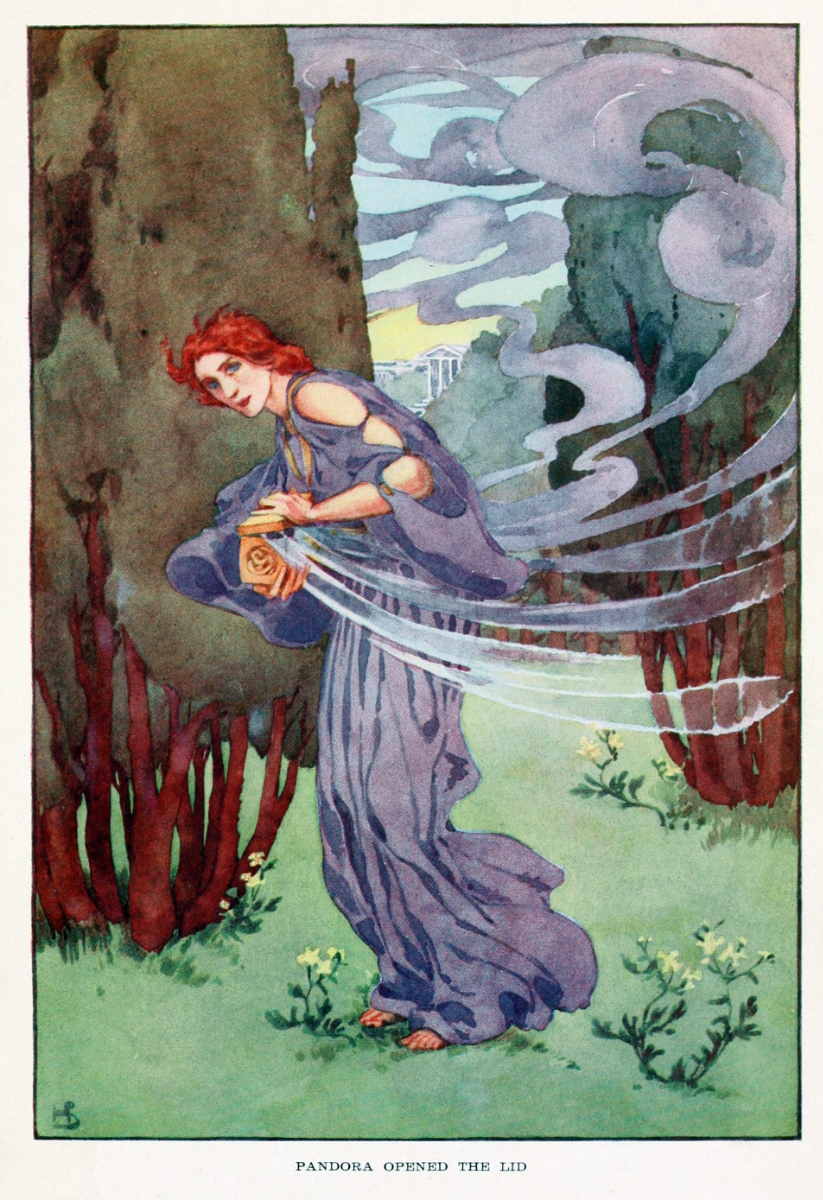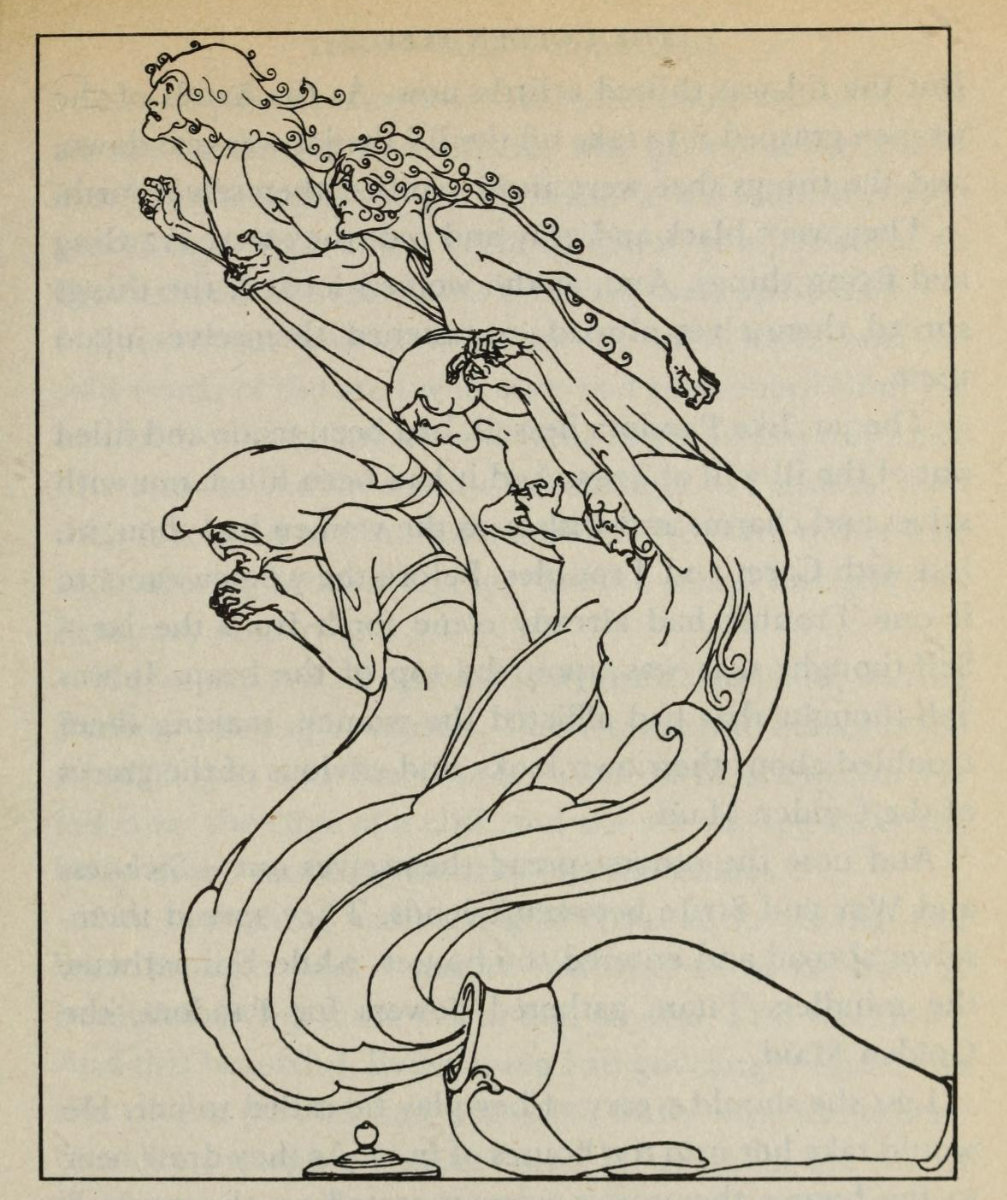In Greek mythology, Pandora was the first human woman created by Hephaestus on the instructions of Zeus. As Hesiod related it, each god cooperated by giving her unique gifts. Her other name—inscribed against her figure on a white-ground kylix in the British Museum[4]—is Anesidora, “she who sends up gifts” (up implying “from below” within the earth). The Pandora myth is a kind of theodicy, addressing the question of why there is evil in the world, according to which, Pandora opened a jar (pithos; commonly referred to as “Pandora’s box”) releasing all the evils of humanity. It has been argued that Hesiod’s interpretation of Pandora’s story went on to influence both Jewish and Christian theology and so perpetuated her bad reputation into the Renaissance.
| Alias Pandora |
| Real Names/Alt Names Pandora, Anesidora |
| Characteristics Myths & Legends, Prehuman Epoch |
| Creators/Key Contributors Hesiod |
| First Appearance Greek mythology |
| First Publisher ○ |
| Appearance List Literature: Hesiod’s Theogony (c. 8th–7th centuries BCE), Hesiod’s Works and Days (7th century BCE), A Book of Myths (1915) by Jeanie Lang. |
| Sample Read A Book of Myths (1915) by Jeanie Lang [Internet Archive] |
| Description In Greek mythology, Pandora was the first human woman created by Hephaestus on the instructions of Zeus. As Hesiod related it, each god cooperated by giving her unique gifts. Her other name—inscribed against her figure on a white-ground kylix in the British Museum[4]—is Anesidora, “she who sends up gifts” (up implying “from below” within the earth). The Pandora myth is a kind of theodicy, addressing the question of why there is evil in the world, according to which, Pandora opened a jar (pithos; commonly referred to as “Pandora’s box”) releasing all the evils of humanity. It has been argued that Hesiod’s interpretation of Pandora’s story went on to influence both Jewish and Christian theology and so perpetuated her bad reputation into the Renaissance. |
| Source Pandora – Wikipedia |




